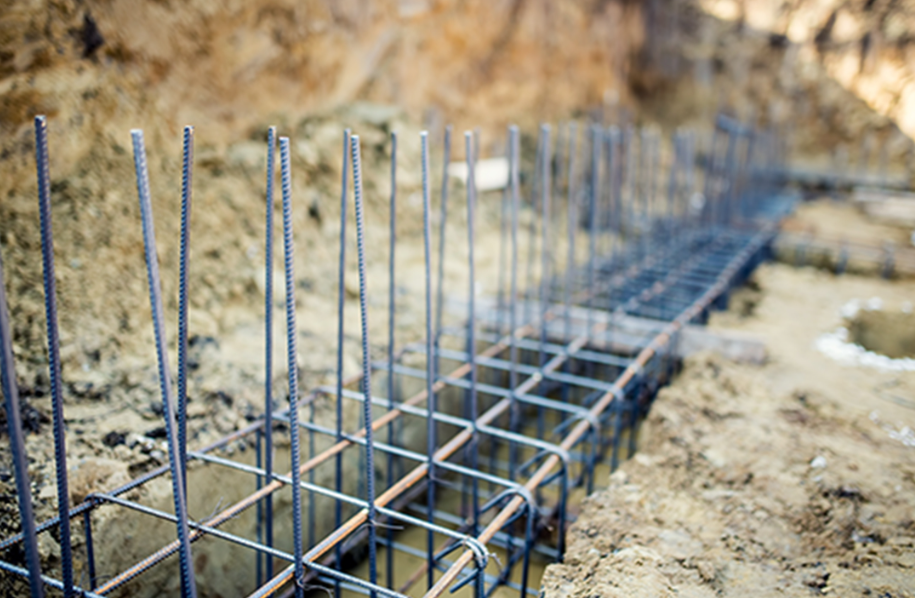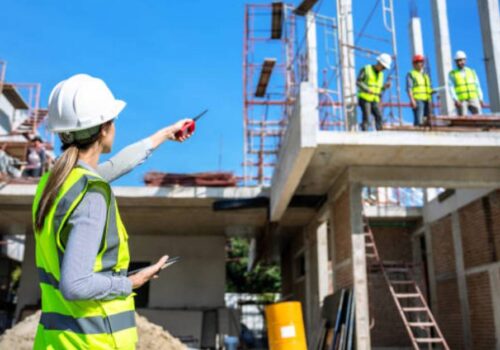Designing for Your Foundation: 5 Considerations for Ribraft in Bay of Islands
When it comes to designing a home with a ribraft in the Bay of Islands, there are a few key considerations to keep in mind. Ribrafts offer many advantages, including improved insulation, reduced noise transmission, and greater durability than traditional foundation types. Here are five important factors to consider when designing this foundation.
-
Soil Conditions:
Ribrafts are suitable for most soil conditions, but there is one exception: it’s not recommended for sandy soils. The reason? Because sand has low bearing strength, it may not be able to support the weight of the building. So if you live in an area with sandy soil or your property is prone to heavy rains or flooding, talk with your local Ribraft contractors in Whangarei about other options for your home’s foundation system.
-
Building Codes:
The next thing to consider is whether or not the local building code allows you to build with a Ribraft foundation. This will depend on the local jurisdiction and what type of building materials you are using. Most jurisdictions allow concrete or steel foundations; however, some may require concrete footings or poured-in-place concrete slabs for compliance with their codes. Check with your local planning department before making any decisions about your construction plans.
-
Structural Requirements:
Another important factor is ensuring that the structure has adequate structural integrity for its intended use. This can be accomplished by following standard engineering practices for safe building—including providing adequate strength in all load-bearing walls and roof members—and by following the manufacturer’s recommendations for the placement of load-bearing walls within the structure.
-
Drainage:
Another thing you’ll need to do is make sure that your property has adequate drainage for the foundation. If it doesn’t, there are ways to solve this problem. You can dig out the area around your home and add an underground drainage system or build up the area around it with dirt or gravel. This will help prevent water from pooling in low spots on your property and causing structural damage over time.
-
Energy Efficiency:
Ribraft foundations offer excellent insulation because they’re made from wood fibres that have been treated with fire-retardant chemicals. These materials are more expensive than traditional concrete blocks, but they provide better thermal protection and can save you money on heating bills over time.
Conclusion:
Designing for your Ribraft in the Bay of Islands requires careful consideration of a range of factors, including soil conditions, building codes, structural requirements, drainage, and energy efficiency. By working with a professional installer, you can ensure that your foundation design meets all necessary requirements and is built to last.






